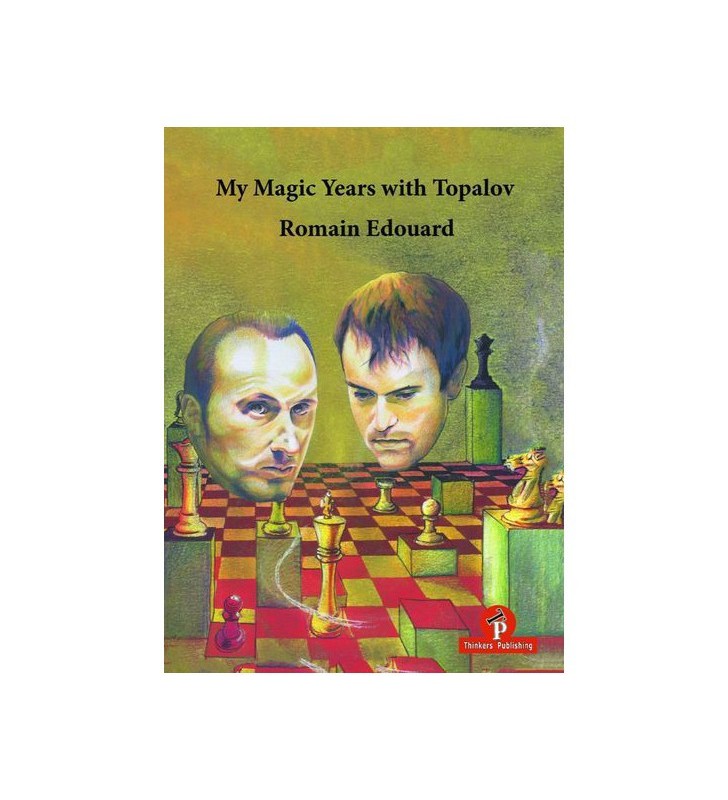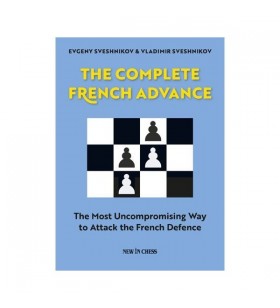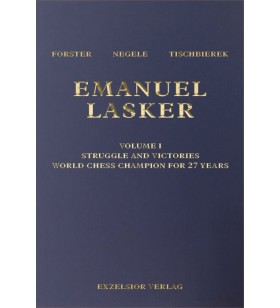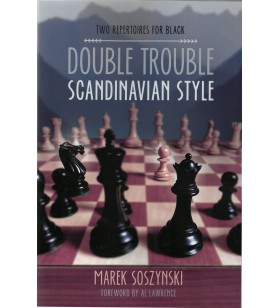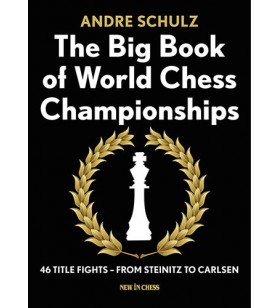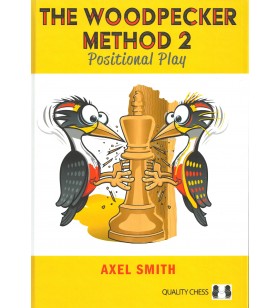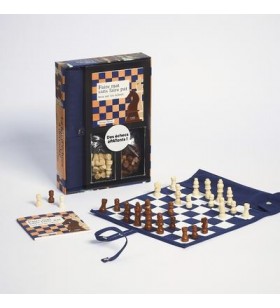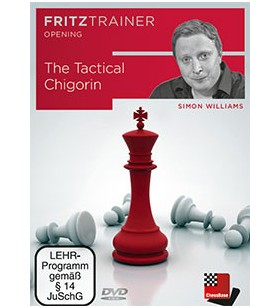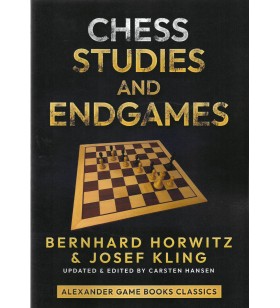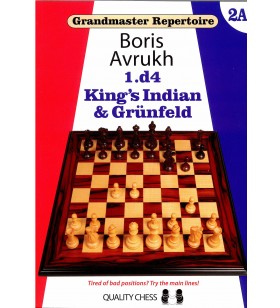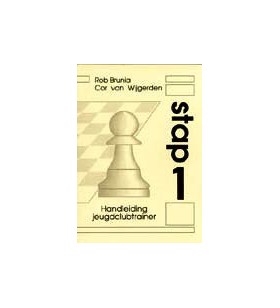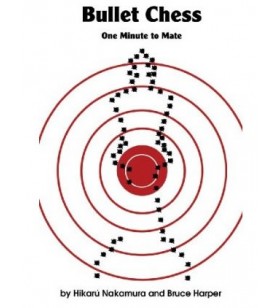- SCHAAK
- DENKSPELLEN
- GO
- BRIDGE, TAROT & KAARTEN
- POKER & CASINO
- PUZZLES & BRAINBREKERS
- DARTS
Edouard - My Magic Years with Topalov
 Livraison sous 48 heures via Bpost*
Livraison sous 48 heures via Bpost*
Gratis levering vanaf €69 (België, Frankrijk, Nederland, Luxemburg, Duitsland)
 U kunt uw bestelling annuleren
U kunt uw bestelling annuleren
Veertien dagen lang!
 Beveiligde betalingen
Beveiligde betalingen
Alle betaalkaarten geaccepteerd.
Specifieke referenties
16 ander product
Soszynski - Double trouble scandinavian style (two repertoires for black)
The book is in three parts. Part One, besides introducing the book generally, covers the very first moves of the Scandinavian Defense and White’s early deviations. Anyone who plays the Scandinavian will find this section quite helpful. Then Part Two covers Qd6 + g6 systems, while Part Three covers the very different Nf6 system. 176 pages
Smith - the Woodpecker Method 2 Positional Play
Swedish chess Grandmaster Axel Smith returns with a sequel to his colossal bestseller, The Woodpecker Method, which was on the tactics of the World Champions. For The Woodpecker Method 2, he has found 1002 foundational positional exercises and prepared them for ‘woodpecking’ – solve the puzzles repeatedly, and boost your positional intuition.
The quick explanation of the Woodpecker Method is that you need to solve a large number of puzzles in a row; then solve the same puzzles again and again, only faster. It’s not a lazy shortcut to success – hard work is required. But the reward can be re-programming your unconscious mind. 383 pages
Horwitz/Kling - Chess studies and endgames
OUT OF STOCK
In 1851, Horwitz & Kling published the first edition of the book. The collection of endgame studies was truly monumental, covering endgames of all types, often uncovering previously unknown truths about a variety of endgames, both simple and more complex ones.
After the passing of his colleague Kling, Horwitz started preparing a manuscript for a new, expanded edition. However, in 1885, he passed as well, and it was only through the effort of William Wayte that the second edition was published in 1889.
In this new edition, all of their compositions and analysis have been thoroughly reanalyzed by FIDE Master Carsten Hansen. 182 pages
KASPAROV - My Great Predecessors part III
La taille a diminué d'un quart, mais le prix est hélas resté le même... Ce troisième tome est l'occasion de redécouvrir les deux joueurs sans doute les plus sous-estimés de l'histoire des échecs. Parce qu'il ont eu le malheur de régner quand le monde des échecs n'avait d'yeux que pour le ludion Fischer, et parce que leur style était pour l'un difficile à comprendre et pour l'autre difficile à caractériser, Petrosian et Spassky ont parfois été considérés comme des champions au rabais. Leur palmarès et leur valeur méritent pourtant mieux que ce jugement hâtif, et ce volume devrait contribuer à remettre quelque peu les pendules à l'heure - quelque peu seulement, la sélection de parties étant un peu courte pour illustrer d'aussi longues carrières (souvenons-nous que Petrosian fut présent dans les Tournois des Candidats durant 27 ans...). Au passage, on retrouve aussi quelques comparses doués : Portisch, le malchanceux Leonid Stein et, plus étrangement (car ses meilleurs résultats datent de l'ère Karpov), Lev Polougaevsky. Quand au style du livre, inutile d'y revenir : vous commencez à connaître le produit. Rendez-vous sous peu pour un sujet beaucoup plus rebattu : Bobby Fischer...
Stap 1 : Handleiding jeugdclubtrainer
In de eerste stap worden alle spelregels van het schaken behandeld. Veel aandacht is er daarnaast voor de basisvaardigheden die nodig zijn om het spel te spelen. In vergelijking met andere leerboeken kent de stappenmethode een unieke leerstofvolgorde. He
NAKAMURA - Bullet Chess
Voici un recueil de parties de Bullet Chess (z'en seriez doutés, non ?), doublé d'un petit guide pratique pour ceux qui voudraient se risquer dans cette forme extrême du blitz (1 minute pour toute la partie, pour les distraits). Les parties sont exactement à l'image du principe : c'est couillon, c'est fun, et au fond assez rafraîchissant, en ces temps d'AAO et de jeu trop parfait.
FRANCO - Counterattack !
Titre moyennement explicite : on sait bien ce qu'est une contre-attaque dans le domaine sportif, mais c'est moins évident aux échecs. En fait, le livre nous parle plutôt de défense active et d'opportunités à savoir saisir (les titres des chapitres sont, eux, éloquents : Rendre coup pour coup, réfuter les attaques prématurées, pensée prophylactique, regroupement, simplification) La forme est identique aux précédents opus du GMI paraguayen : un choix de parties commentées en détail, sans beaucoup d'effort de synthèse. Bah, on ne peut pas tout avoir !

 Français
Français Nederlands
Nederlands English
English